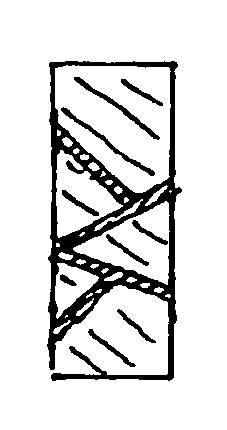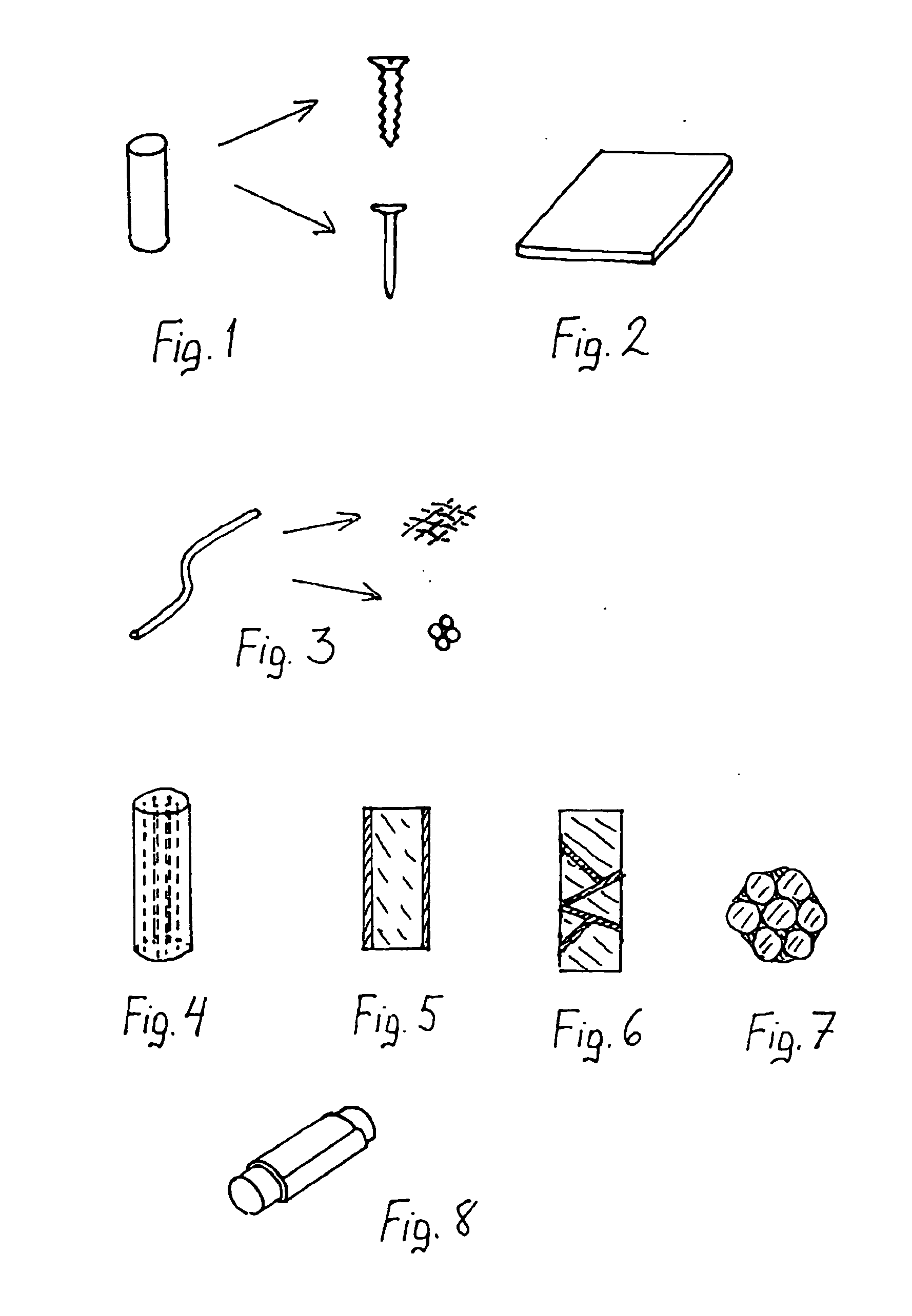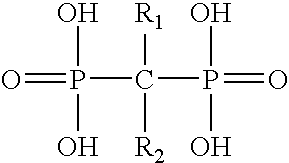Multifunctional implant device
a multi-functional, implant device technology, applied in the field of multi-functional implant devices, can solve the problems of poor bone integration, difficulty, and failure to achieve successful bone repair in some pathological conditions, and achieve the effect of mechanical strength of the implant devi
- Summary
- Abstract
- Description
- Claims
- Application Information
AI Technical Summary
Benefits of technology
Problems solved by technology
Method used
Image
Examples
Embodiment Construction
[0050] The implant device of the invention has at least the following components:
[0051] Matrix Polymer
[0052] The matrix polymer is biocompatible and bioresorbale and acts as carrier for various agents and materials that contribute to the multifunctionality of the implant. Resorbable polymers that can be used are listed e.g. in table 1 of U.S. Pat. No. 4,968,317, the disclosure of which is incorporated herein by reference, and those listed in table 1 of European patent 442911, the disclosure of which is incorporated herein by reference.
[0053] The resorbabe polymers include the following: [0054] 1. Polyglycolide (PGA) [0055] Copolymers of glycolide [0056] 2. Glycolide / lactide copolymers (PGA / PLA) [0057] 3. Glycolide / trimethylene carbonate copolymers (PGA / TMC) [0058] Polylactides (PLA) [0059] Stereoisomers and copolymers of PLA [0060] 4. Poly-L-lactide (PLLA) [0061] 5. Poly-D-lactide (PDLA) [0062] 6. Poly-DL-lactide (PDLLA) [0063] 7. L-lactide / DL-lactide copolymers L-lactide / D-lacti...
PUM
| Property | Measurement | Unit |
|---|---|---|
| thickness | aaaaa | aaaaa |
| biocompatible | aaaaa | aaaaa |
| bioresorbable | aaaaa | aaaaa |
Abstract
Description
Claims
Application Information
 Login to View More
Login to View More - R&D
- Intellectual Property
- Life Sciences
- Materials
- Tech Scout
- Unparalleled Data Quality
- Higher Quality Content
- 60% Fewer Hallucinations
Browse by: Latest US Patents, China's latest patents, Technical Efficacy Thesaurus, Application Domain, Technology Topic, Popular Technical Reports.
© 2025 PatSnap. All rights reserved.Legal|Privacy policy|Modern Slavery Act Transparency Statement|Sitemap|About US| Contact US: help@patsnap.com



